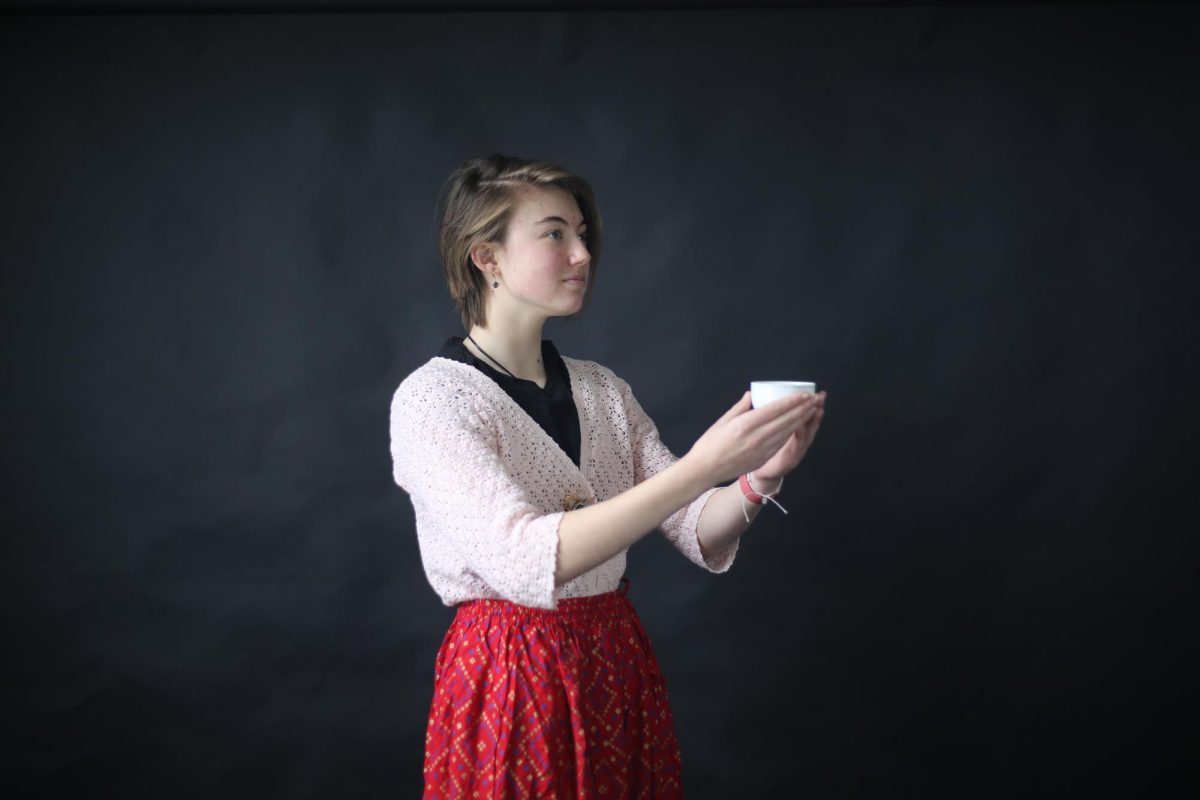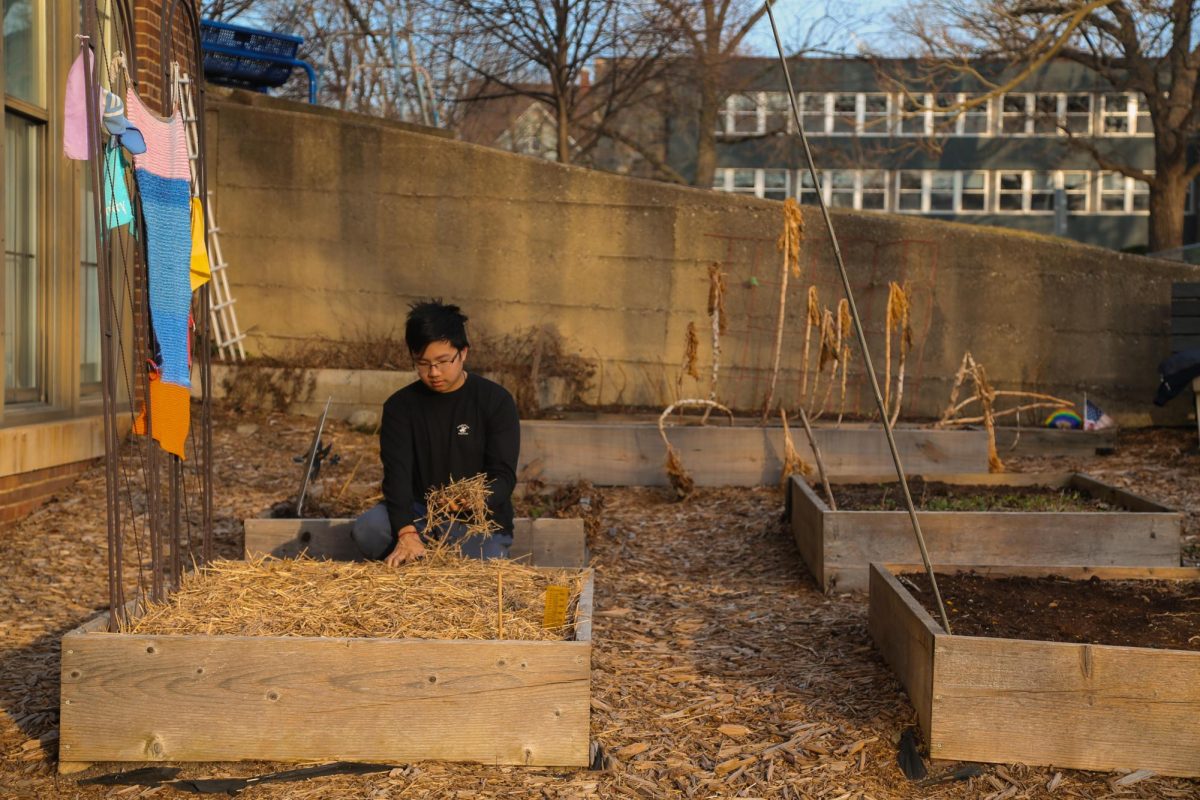Pysanky have been around for the longest time. They have been here since before the Egyptian pyramids, before major biblical events, and before Greek and Roman times. Some have been estimated to have been made as early as 1300 b.c.. But what are pysanky?

These fragile eggs are still made the same way as almost four thousand years ago. With the same kind of small wooden stick with a metal funnel attached, called a kistka, these eggs are still made. But this is a tricky art.
Almost every aspect of these eggs makes them easy to break, starting with the fact that they are hollow. Stephanie and Arianna Gelderloos have stories to tell of these mishaps. Too often the bees wax used to seal color in runs out, ruining the pattern, or water gets sealed in the egg and a piece someone has spent hours of work on shatters in the oven. Even for people who have been working on pysanky for as many years as Stephanie (10), and Ari (7), have had these things happen to their eggs. “Well, if the inside of the egg has any left over egg, or any water, it will cook and expand and make steam once it hits the oven. A really pretty one that my daughter Sofie once made popped and broke in the oven like that. We were all so disappointed,” said Stephanie.

But for Ari and Stephanie the hard work is worth the beauty of the eggs, and it is hard work. Every egg takes hours of work. To make one the egg must be dipped into the desired color for certain area. The light colors come first, and are covered by melted bees’ wax. Stephanie says that “If you accidentally drop wax in the wrong spot, there is no removing it. Even if you melt it off, that spot can no longer be dyed.” Besides this problem, it is hard and takes a lot of practice, especially for the more intricate designs. It just takes a lot of time. Each color needs to soak into the shell of none-processed eggs. After you have finished your first design, the color must dry and the wax must melt off, after which you still have to polish the eggs.

Pysanky are beautiful though. “…perfect or not, the eggs are so beautiful when you’re done that you realize it was worth all of the
effort.” Stephanie said. “One of my favorite eggs is my shamrock egg. I don’t know why I made one, but the egg was already a shade of light green. “I call it my lucky egg,” said Arianna. They have been made for years, the designs are often traditional, but they don’t have to be. You can make almost anything with this art, given patience. “…it can take anywhere from one and a half to three hours to make one egg, depending on how intricate your design is. It is quite a long time to sit bent over an egg. Also, the process is a bit mundane, scooping, heating, drawing, dyeing, and then doing it all over again” said Stephanie. “…they are associated with Easter, so there is often a religious theme to them. However, sometimes I design them with flowers or animals. I have even made some for people as gifts, and those are decorated with their names, hearts, or other symbols that have some significance to them.”

For the Gelderloos family this Ukrainian art form has become a family tradition. “…it didn’t really become a family tradition until my children got old enough to do it.” said Stephanie. Ari enjoys the companionship the process brings. “It’s fun to just be able to sit with my family at the table and watch how the eggs turn out every time you dip it in a new color…I’ve always liked art. I don’t know too much about inspiration. I guess I just close my eyes and the patterns and colors just pop up.” Stephanie on why Pysanky is important to her: “Over the years, I’ve come to feel that pysanky is my artistic medium. Even though it’s tricky, I’m pretty good at it, and I feel good about that.”










